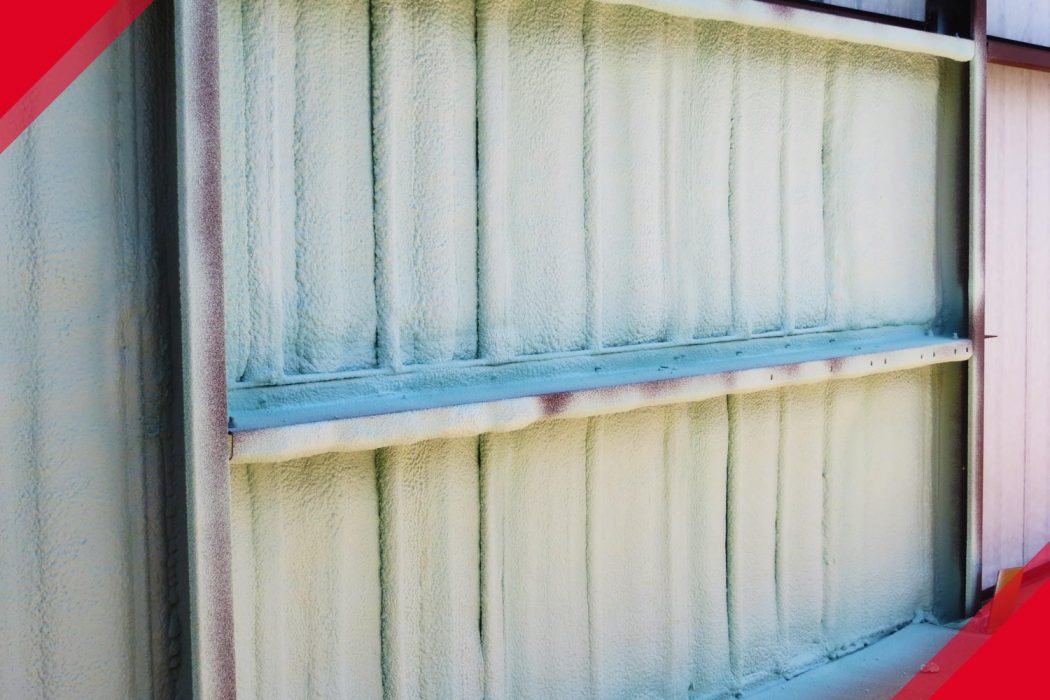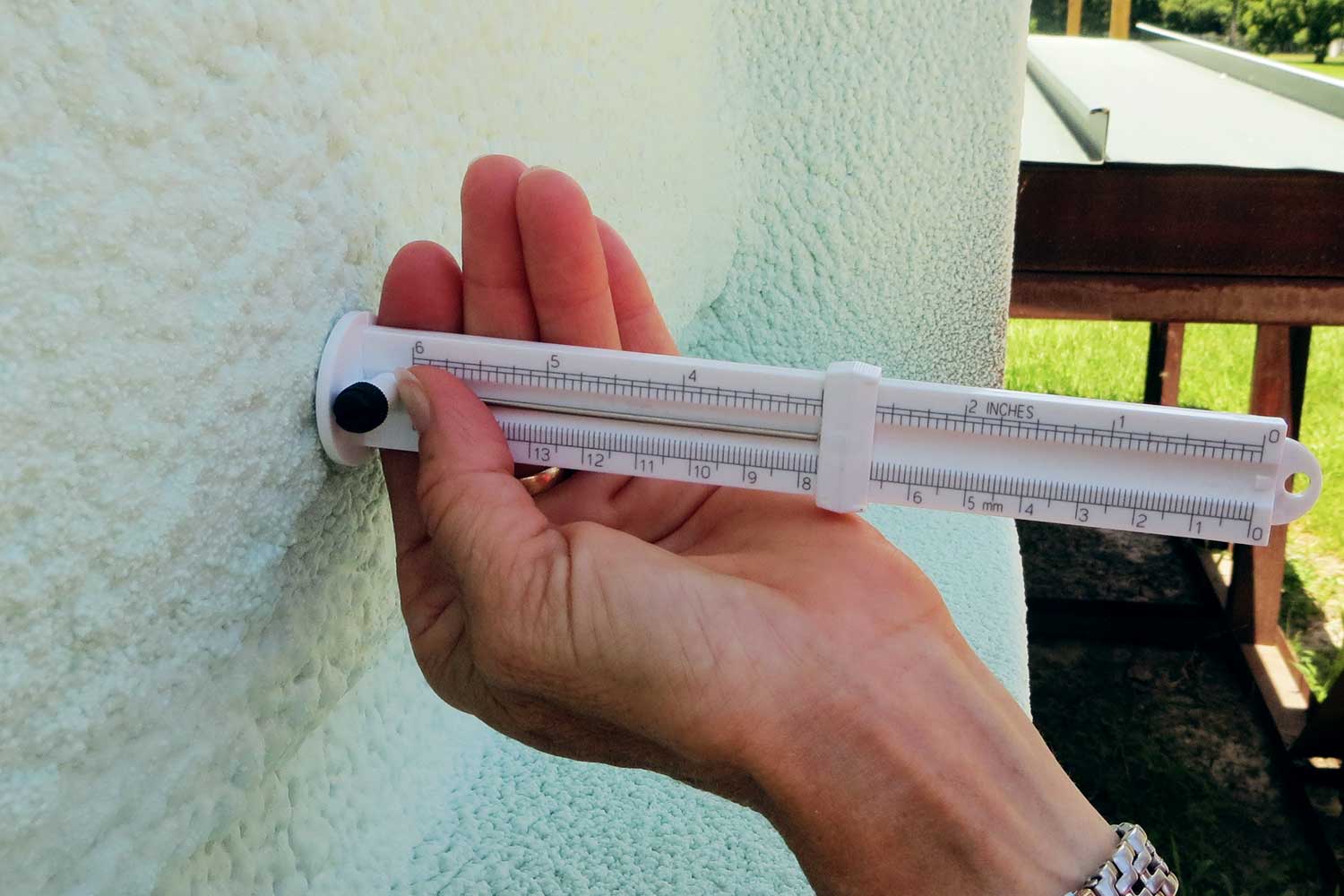February 13, 2018
by Star Building Systems

Over the last few years, I’ve been asked many questions about the use of spray and board foam plastic insulation in metal buildings. There is little doubt that the use of foam plastic insulation in metal building exterior roof and wall assemblies is on the rise. This has been driven by several factors, including:
However, simply substituting R-value-for-R-value of insulation systems cannot be done. Many complications to the metal building envelope design are introduced when foam plastic insulation is used. Examples of these include:
This is just to name a few. The first point is of primary consideration and will be the subject of the remainder of this blog. Structural issues will be addressed in a future entry. But before we get into this, it’s important to remember that occupant safety is the absolute highest priority consideration in building design. While thermal performance is important, nothing can compromise occupant safety and fire protection sits atop the list with structural capacity as a close second.
Foam plastic insulation is combustible and like all combustible materials, it’s use in building assemblies is highly regulated. Section 2603 of the International Building Code addresses the use of foam plastic insulation. By itself, most metal building construction is considered Type IIB (noncombustible and unprotected) and to maintain this classification, Section 2603 must be thoroughly understood an implemented when using foam plastic insulation. There are many requirements of Section 2603, certainly far too many to list here, and the section is notoriously difficult to navigate. A complete code analysis is far beyond the scope of this blog, but I will list the key requirements specific to exterior roofs and walls of metal buildings.
The first requirement is proper labeling. All foam plastic insulation is to be labeled with “information sufficient to determine that the end use will comply with the requirements” as stated in Section 2603.2 of IBC 2018. This information is so important, that I recommend all metal building specifiers obtain copies of these labels for the insulation they intend to specify and keep them handy for reference. As a minimum, this label should indicate the Flame Spread Index and Smoke Developed Index as determined by ASTM E84 or UL 723. The requirements for this test are given in 2603.3 of IBC 2018 and in most instances, are a Flame Spread Index not to exceed 25 and a Smoke Developed not to exceed 450. However, when the insulation is exposed to the interior of the building, the maximum Smoke Developed Index may be reduced to 50. Other tests as stated below should also be listed.

Foam plastic insulation used in walls is also required to be protected by a thermal barrier, usually gypsum wall board, to retard heat flow into the material. There are several exceptions to this, the most significant one being for exterior walls in single story buildings which are equipped with an automatic sprinkler. However, foam plastic insulation meeting the Special Approval requirements of Section 2603.9 is generally exempt from the thermal barrier requirements as well. Section 2603.9 requires the passage of full-scale tests “such as but not limited to NFPA 286 (with enhanced acceptance criteria), FM 4880, UL 1040 or UL 1715”. These tests must be conducted at the maximum thickness intended for use. Unfortunately, metal building designers and suppliers often do not have sufficient information to ascertain if the building is equipped with an automatic sprinkler or if the insulation is adequately protected by a thermal barrier. Therefore, it is best practice to maintain compliance with 2603.9 for any rigid board or spray foam you plan to supply. Similarly, there is another very important test that should be performed for any foam plastic insulation used in a metal building wall assembly: NFPA 285.
NFPA 285 is an intermediate scale, multi-story fire chamber test that includes an opening in the bottom floor of the assembly. Thermocouples placed on the exterior surface as well. Burners are placed in the bottom floor of the chamber as well as in the opening itself. The burners are run for 30 minutes and the assembly is then allowed to self-extinguish. If at any time the thermocouples exceed 1,000 degrees or flame is observed inside the top floor of the chamber, the specimen fails. Lastly, the specimen is inspected to ensure that evidence of flame propagation is within limits prescribed by the test procedure. It is important to note that NFPA 285 is an assembly test, not a component test. What does this mean? Simply stated, it means that the entire wall assembly must be tested and only that specific assembly is covered by a passing result. No modifications or substitutions can be made from what was tested without the written approval of a duly qualified fire protection engineer. Currently, the code does not require NFPA 285 test results to be listed with a third-party database and most manufacturers consider the test reports proprietary. Consequently, proving compliance with NFPA 285 can be challenging. Nevertheless, you should insist that your supplier provide you with enough information that you can conclude assembly equivalence. This is vitally important.
Foam plastic insulation in roofs also has special considerations. It must have a thermal barrier unless it meets the Special Approval requirements of Section 2603.9 but again, there are exceptions. Those exceptions generally involve tests that a metal building would otherwise be exempted from, so it is not likely that a manufacturer would have such results. Consequently, I recommended again that all rigid board you supply meet 2603.9 special approval as a matter of practice. This makes compliance much easier and keeps you from having to wade through complex code passages that require information about the building you are not likely to know with certainty.
It should be clear by now that showing code compliance of assemblies with foam plastic insulation is not straightforward. There are many requirements within Section 2603 besides those I’ve listed here and it’s possible that the local building official will have additional ones as well. But as a bare minimum, you should obtain labels, test reports or other evidence that the material you are supplying has been adequately evaluated to the following test protocols:
The bottom line is that not all foam plastic insulations are created equal and it’s likely that a manufacturer that has done the required testing will not be the cheapest source. But given the complexity and importance involved here, this is not the place to cut corners.
Become part of the powerful Star network. We invest in builders who understand the value of results and provide support that develops strong relationships between you and the entire Star team.
Your building is the cornerstone of the community where people live, work and play. Find a local Star Authorized Builder and let us help you bring your vision to life.